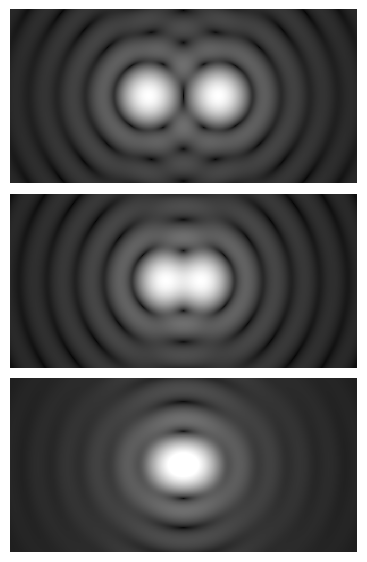101
Flat Earth Theory / Re: Perspective in 'Earth Not a Globe' contradicts itself
« on: May 25, 2018, 09:26:58 AM »
This just illustrated that the author does not have a good understanding of optics. Denser mediums do not magnify light, the angle of incident between the materials is what causes magnification or contraction. A convex lens will magnify, a concave lens will contract. We can confidently discard this quote.
Indeed, it's the shape of the interface between the two media plus the ratio in refractive index that determines the path of the light through the interface. If you have no sharp interface, then the gradient in refractive index and his spacial dispersion determines the behavior of light beams.
By the way, can anyone explain what a "atmolayer" is? Never heard this before...
The best part is the analogy to the laser. The divergence of the freely propagating laser beam is a consequence of the aperture of the laser resonator. You can understand this if you treat the laser beam as a so-called Gaussian beam of zero order. But if you look into the beam, it is imaged by the lens of your eye on your retina and it appears in its original size. Beside, the intensity is too high and you have all glare effects. Just use proper filter and maybe a camera instead of your eye ;-)
